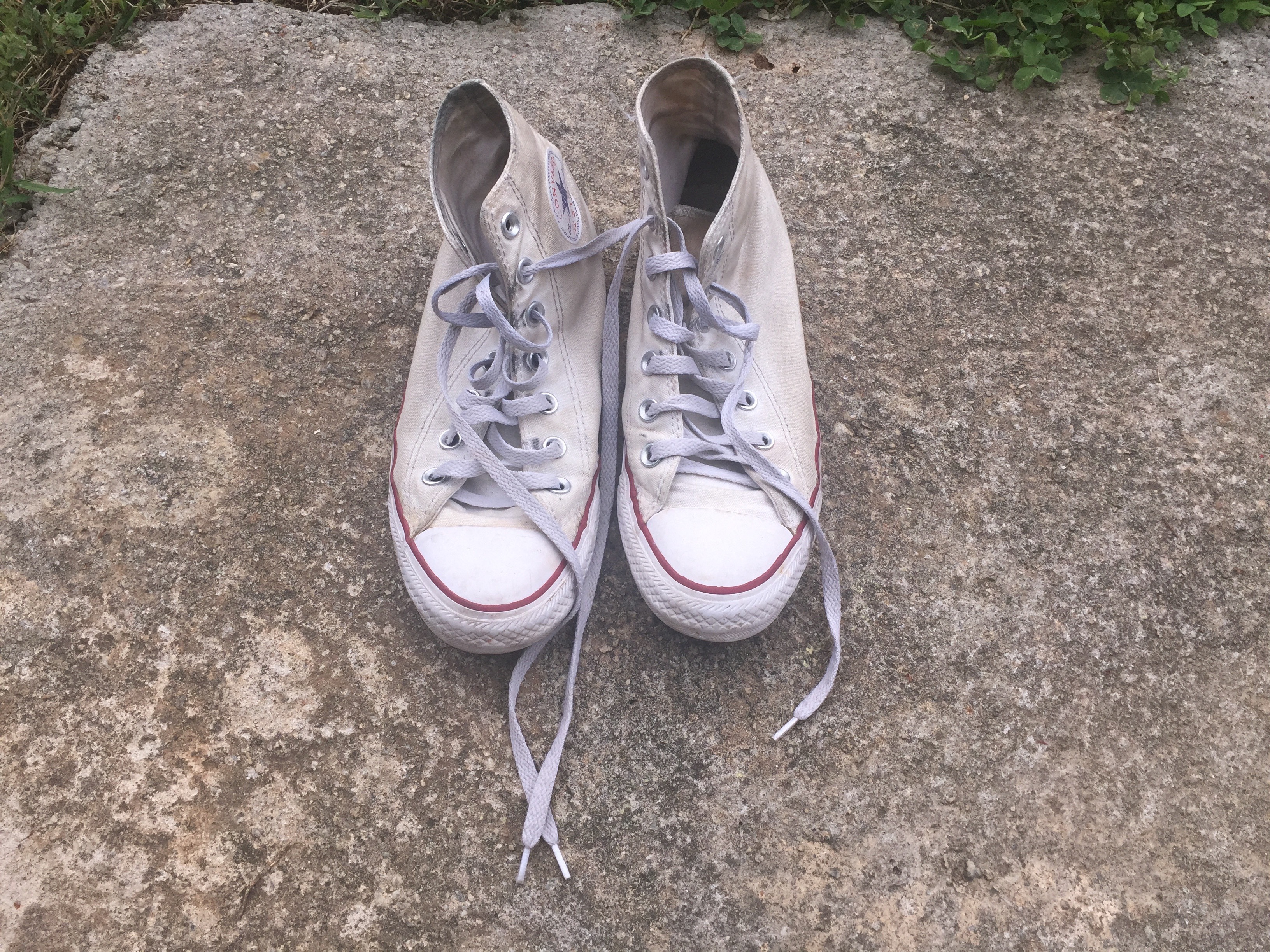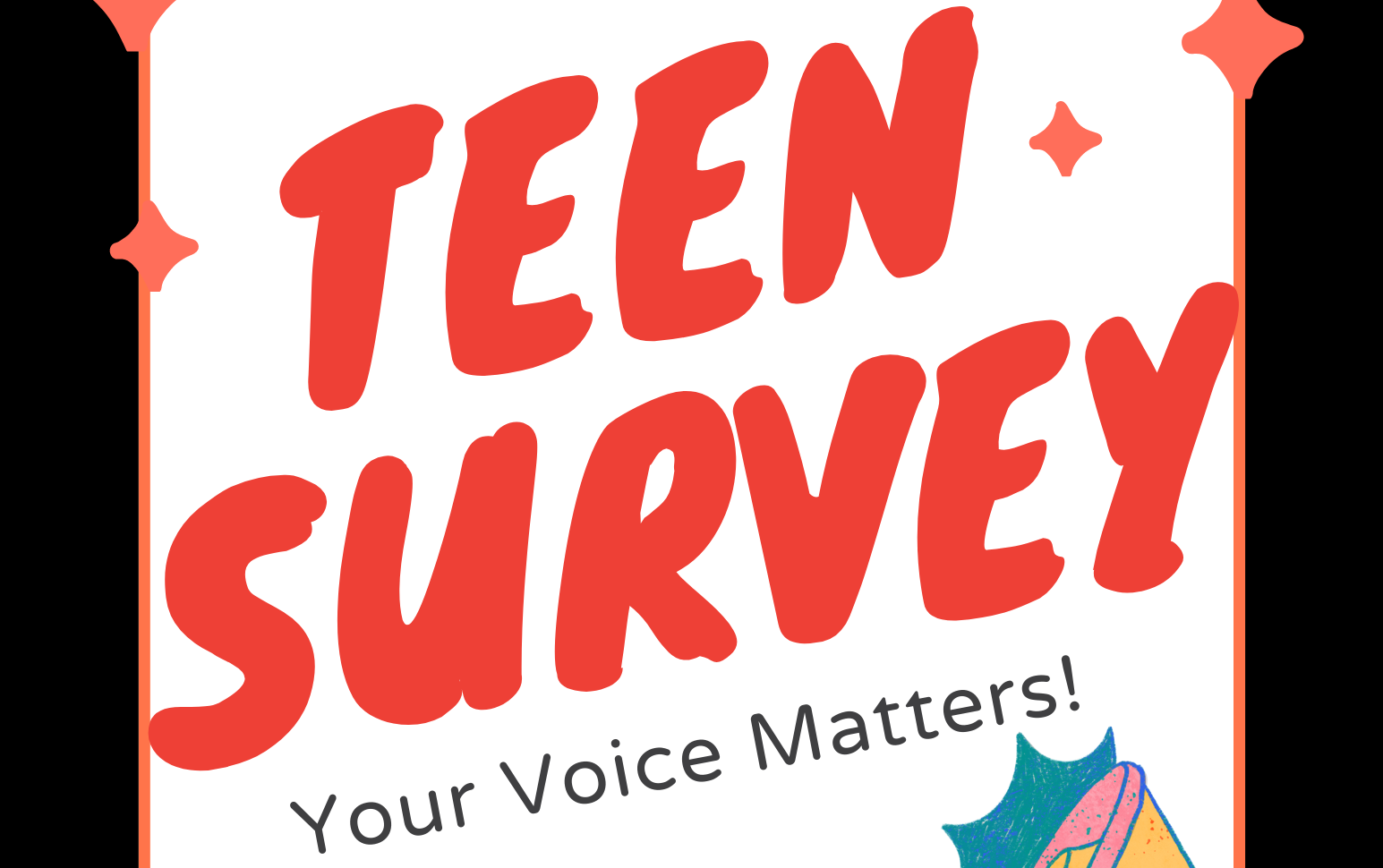Growing up, I never knew what “low-income” meant. Sure, I had probably heard the term before as simply not having a lot of money, but when I was young, those were just words.
My family certainly wasn’t “low-income,” living in a two-story house with a garage in Ellenwood, Georgia, or taking expensive cheer and karate classes, or attending the county’s best charter school. As I got older, though, it started to click with me. Why couldn’t I wear the trendiest clothing, or the newest shoes? Granted, my family wasn’t extremely poor, but I didn’t own a pair of Converse until my sophomore year of high school! (The shoes were a gift from my grandmother).
My fourth grade self would roam the school hallways wearing light-up shoes with pride, though I would constantly be teased for being able to be seen from a mile away. Children will act as they do, but nothing really hit me until I attended my local middle school. When kids weren’t talking about the newest Jordan’s drop, they would tease others for not having enough money to afford them.
“They’re just shoes,” I’d think to myself. “Why should it matter?” But, in all reality, they weren’t just shoes. They were a symbol of status. Parents shelling out a few hundred dollars with ease every couple of months for their children to impress other children was beyond me.
Ironically, things that were labeled as “uncool” and “cheap” are today’s biggest fads. Champion sweatshirts worth about $15 are now sold for $60 at Urban Outfitters, as are FILA sneakers and clothing — not to mention thrift stores that people wouldn’t dare step foot in before they were made popular. Though I appreciate the turnaround, it still hurts a little knowing less-fortunate kids would get teased for things that are now very popular.
Statistically, out of all children under 18 years of age in the U.S, 41 percent are considered “low-income” while approximately one in five (20 percent) are poor, according to a January 2018 report from the National Center for Children in Poverty. As of 2015, here in Georgia, about half (49 percent) of all kids under 18 are low-income.
The Federal Poverty Level (FPL) is an annual measure of household income and number of people living in the household. For example, a household of four with two children that has a steady income of $60,000 would not be considered low-income (the FPL for a family of four with two children was $48,678 at last count, 2016), while a family of eight with the same income would be.
Also, research conducted by the National Center for Children in Poverty suggests “on average, families need an income equal to about two times the federal poverty threshold to meet their most basic needs.” This is important because the FPL is used to determine if individuals or families are eligible for government aid, i.e. food stamps, Section 8 (or subsidized) housing, and Medicaid (called Wellcare in Georgia). Government aid has been frowned upon, though, as some people feel it should be revoked because some abuse the system, or simply have too much pride to “accept handouts.” But, whether help is provided through the government or people in the community, it’s surely needed.
Though poverty is a huge adversity, it’s important to know that it shouldn’t hold you back. Sure, the teasing and taunting may hurt and you may not get the things you ask for, but it humbles you and builds character — I know it did for me! As I got older, I learned that the things I got teased for were only material, and won’t last forever. The way I carry myself and treat others matters much more. It’s a matter of having confidence and having a positive attitude. Through little things such as going thrift shopping, I’ve developed my own sense of style, and people notice and respect that. Also, there are countless opportunities given to low-income teens, such as scholarships and grants, as well as other forms of aid. It’s up to us to put them to use. As teens, we have the power to break the cycle and shake the stigma. Poverty is more than children living in third-world countries you see on television commercials with sad music playing in the background. It can be right next door.
Resources for youth:
Atlanta Community Food Bank helps families connect to food pantries and community kitchens. They report “23.2% of Georgia children live in food insecure households. This is one in every four Georgia children.” ACFB also has a Youth Summit for high school students who commit to at least one “Hunger Fighting Action Step” to make a difference.
Benefits.gov shows different government benefits by state for families with low incomes.
Peachcare for Kids is health insurance for kids (through their 19th birthday) whose families don’t have private health insurance and who live in families whose income is “247 percent of the Federal Poverty Guidelines”
At United Way 211, people can search for supports by calling 2-1-1, texting your zip code & need to 898-211 or searching online at 211online.unitedwayatlanta.org/. Bilingual support is available.
Amariyah, 16, is a student at DeKalb School of the Arts who uses writing as a creative outlet and a way to uplift others.
Photo by Amariyah Callender
 Come meet Amariyah and the rest of the VOX team at VOX-A-PALOOZA, our celebration of teens’ voices.
Come meet Amariyah and the rest of the VOX team at VOX-A-PALOOZA, our celebration of teens’ voices.
Saturday April 28, 1-5 p.m, at VOX. Register at bit.ly/voxapalooza18.




